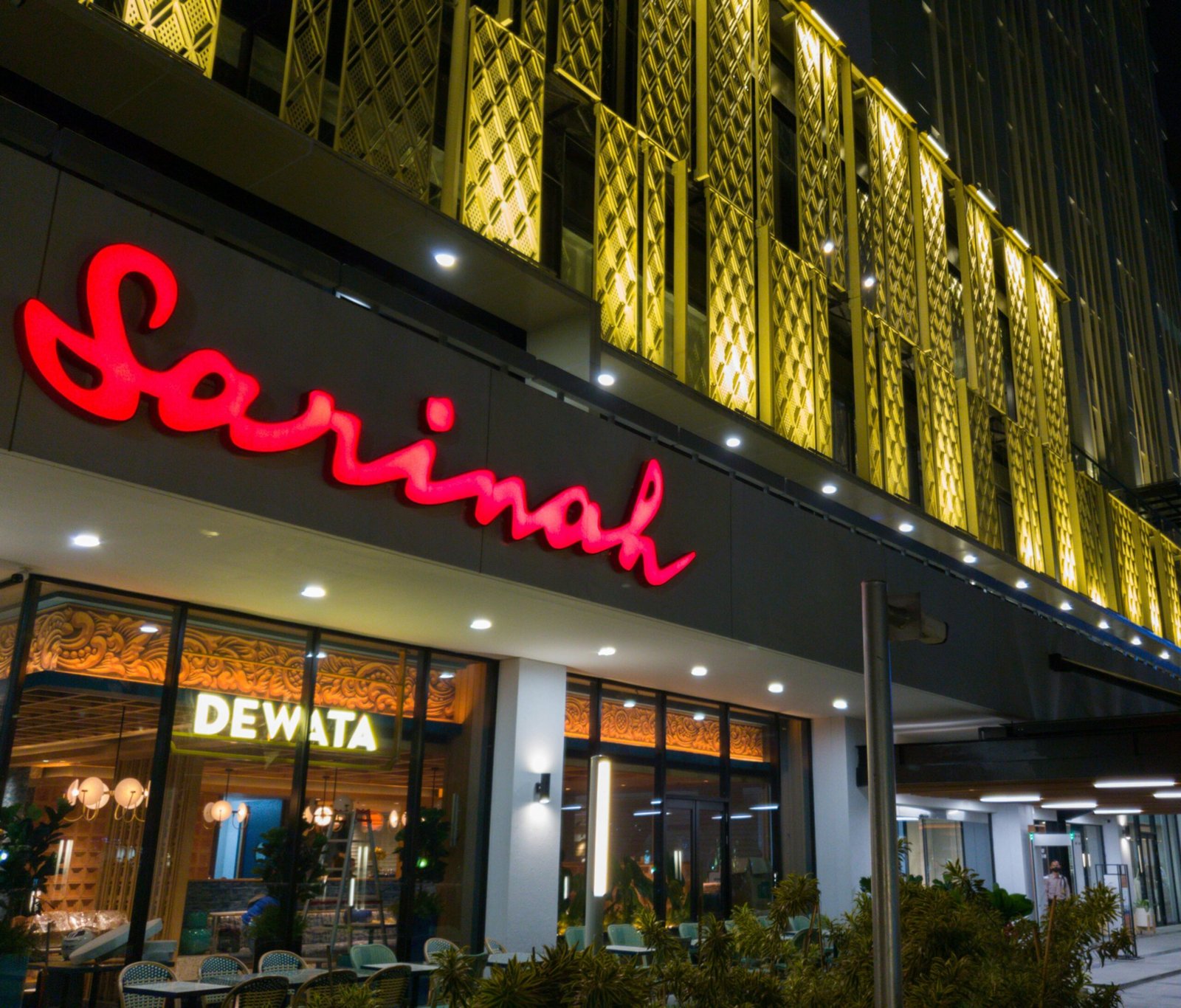Preventing Slip and Fall Accidents
Slip and fall accidents can happen to anyone, anywhere, and at any time. Whether it’s a wet floor, a loose carpet, or an uneven surface, these accidents can lead to serious injuries and even fatalities. However, with the right precautions and awareness, we can significantly reduce the risk of slip and fall accidents. In this guide, we will explore some practical steps you can take to prevent slip and fall accidents.
1. Keep Walkways Clear and Well-Maintained
One of the most effective ways to prevent slip and fall accidents is to ensure that all walkways are clear and well-maintained. This means removing any obstacles, clutter, or debris that may pose a tripping hazard. Regularly inspect the floors, stairs, and walkways for any signs of damage or wear and tear, and promptly repair or replace them as needed.
Additionally, it’s important to keep floors clean and dry at all times. Spills should be immediately cleaned up, and warning signs should be placed to alert others of potential hazards. In areas prone to wetness, such as entryways or restrooms, consider using slip-resistant mats or applying non-slip coatings to the floor surface.
2. Adequate Lighting
Proper lighting is crucial for preventing slip and fall accidents, as poor visibility can make it difficult to see potential hazards. Make sure all areas, both indoors and outdoors, are well-lit, especially in areas with stairs or uneven surfaces. Regularly check and replace any burnt-out bulbs or malfunctioning lighting fixtures.
In addition to general lighting, consider installing motion-activated lights in areas that are less frequently used. This will ensure that the area is well-lit when someone enters, reducing the risk of tripping or falling.
3. Use Appropriate Signage
Clear and visible signage is an essential tool for preventing slip and fall accidents. Use signs to indicate potential hazards, such as wet floors, steps, or uneven surfaces. These signs should be easily noticeable and placed in locations where they can be seen from a distance.
It’s also important to use caution signs when performing maintenance or cleaning tasks that may temporarily create hazards. This will alert others to exercise caution and take alternative routes if necessary.
4. Provide Adequate Training and Education
Another crucial aspect of preventing slip and fall accidents is providing adequate training and education to employees, residents, or anyone who regularly uses the premises. This includes educating them about the common causes of slip and fall accidents, as well as the preventive measures they can take.
Training should cover topics such as proper footwear, safe walking techniques, and how to identify and report potential hazards. By empowering individuals with knowledge and awareness, they can actively contribute to maintaining a safe environment.
5. Wear Appropriate Footwear
The choice of footwear can greatly influence the risk of slip and fall accidents. Encourage individuals to wear appropriate footwear that provides good traction and support. Shoes with non-slip soles and sturdy construction can significantly reduce the chances of slipping or tripping.
In certain environments, such as construction sites or industrial settings, additional safety footwear may be required. Ensure that employees or visitors are aware of and comply with any specific footwear policies in place.
6. Regular Maintenance and Inspections
Regular maintenance and inspections are essential to identify and address potential hazards before they lead to accidents. Create a maintenance schedule and adhere to it diligently. This includes tasks such as repairing damaged flooring, fixing loose handrails, and replacing worn-out mats.
Additionally, conduct regular inspections of the premises to identify any new hazards or areas that require attention. Encourage employees or residents to report any potential hazards they come across, and ensure that these reports are promptly addressed.
7. Install Handrails and Guardrails
Handrails and guardrails are crucial safety features that can prevent slip and fall accidents, especially on stairs or elevated platforms. Install handrails on both sides of staircases and ramps, ensuring they are securely attached and at the appropriate height.
Guardrails should be installed in areas where there is a risk of falling, such as balconies or raised platforms. These barriers provide an additional layer of protection and help prevent accidents.
8. Encourage a Culture of Safety
Lastly, creating a culture of safety is essential for preventing slip and fall accidents. This involves fostering an environment where safety is prioritized and everyone takes responsibility for maintaining a hazard-free space.
Encourage open communication about safety concerns and provide channels for reporting hazards or near-miss incidents. Recognize and reward individuals who actively contribute to creating a safe environment, and regularly reinforce the importance of safety through training and awareness campaigns.
By implementing these preventive measures and fostering a culture of safety, we can greatly reduce the risk of slip and fall accidents. Remember, prevention is always better than cure, and investing in safety today can save lives and prevent injuries tomorrow.
